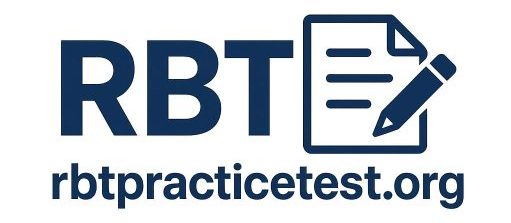Free Pearson RBT Practice Exam (with Answers)
Updated for 2025, this RBT practice exam simulates the official Pearson VUE test format to help you prepare effectively. This mock test includes 85 scenario-based questions, with 75 scored items and 10 unscored pilot questions. You will complete this exam in 90 minutes with a required passing score of 80%. For the best results, combine this mock exam with our free study guide.
How Pearson RBT exam differs from other practice exams?
The Pearson RBT practice exam closely follows the official exam format, with 85 questions (75 scored, 10 unscored), and a strict 90-minute time limit. This mock exam mirrors the actual test environment used by Pearson VUE, helping you build real exam readiness at home.
The 75-question Practice Exam focuses on content review. Familiar with an official RBT exam, our 85-question test also uses more straightforward multiple-choice questions but lack the scenario format of the Pearson version. While both types are valuable, only the Pearson-style exam offers a truly realistic test experience.
If you’re looking to review at your own pace, do more RBT practice exams and section quizzes like Practice Test Section A and Practice Test Section B to reinforce what you’ve learned.
